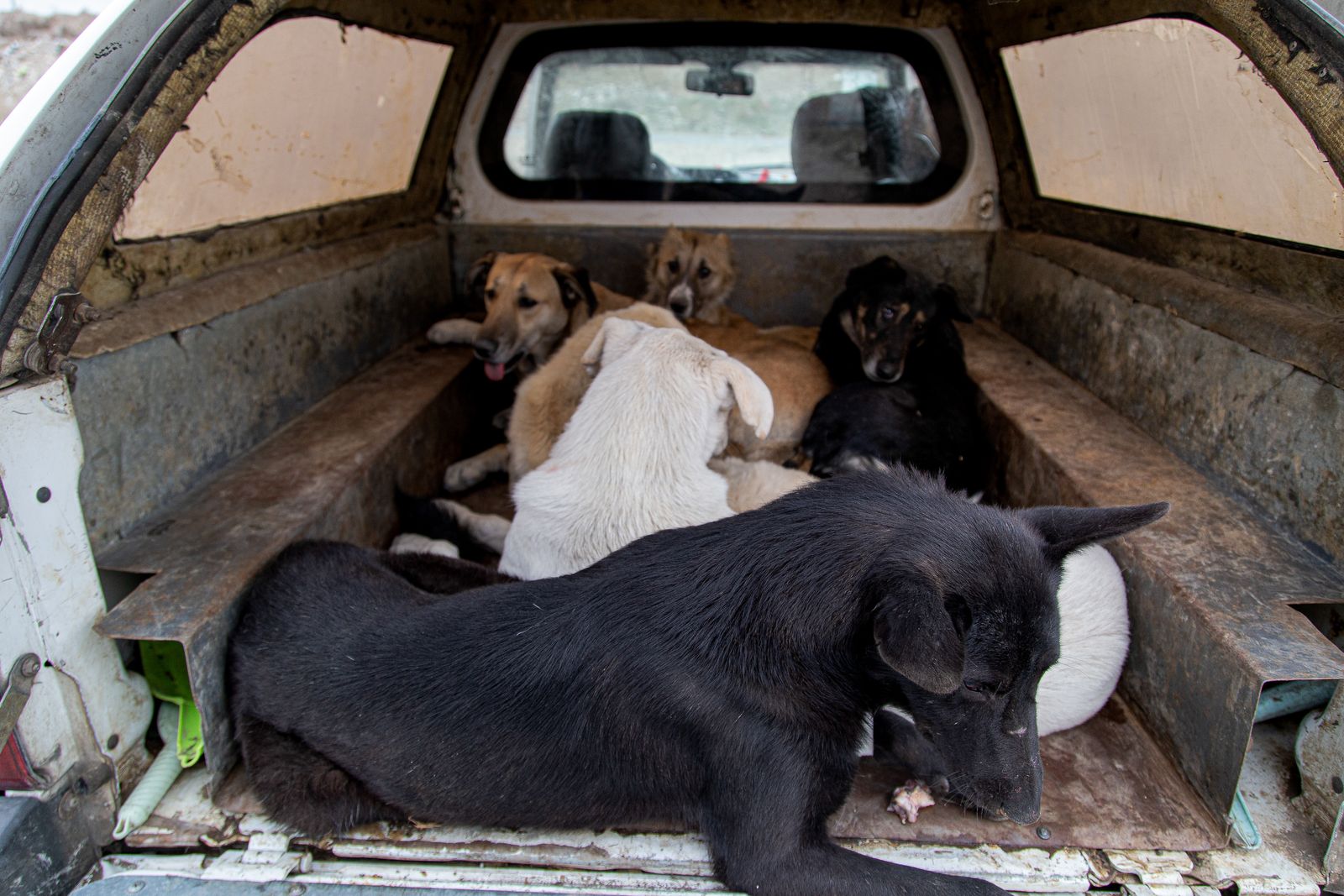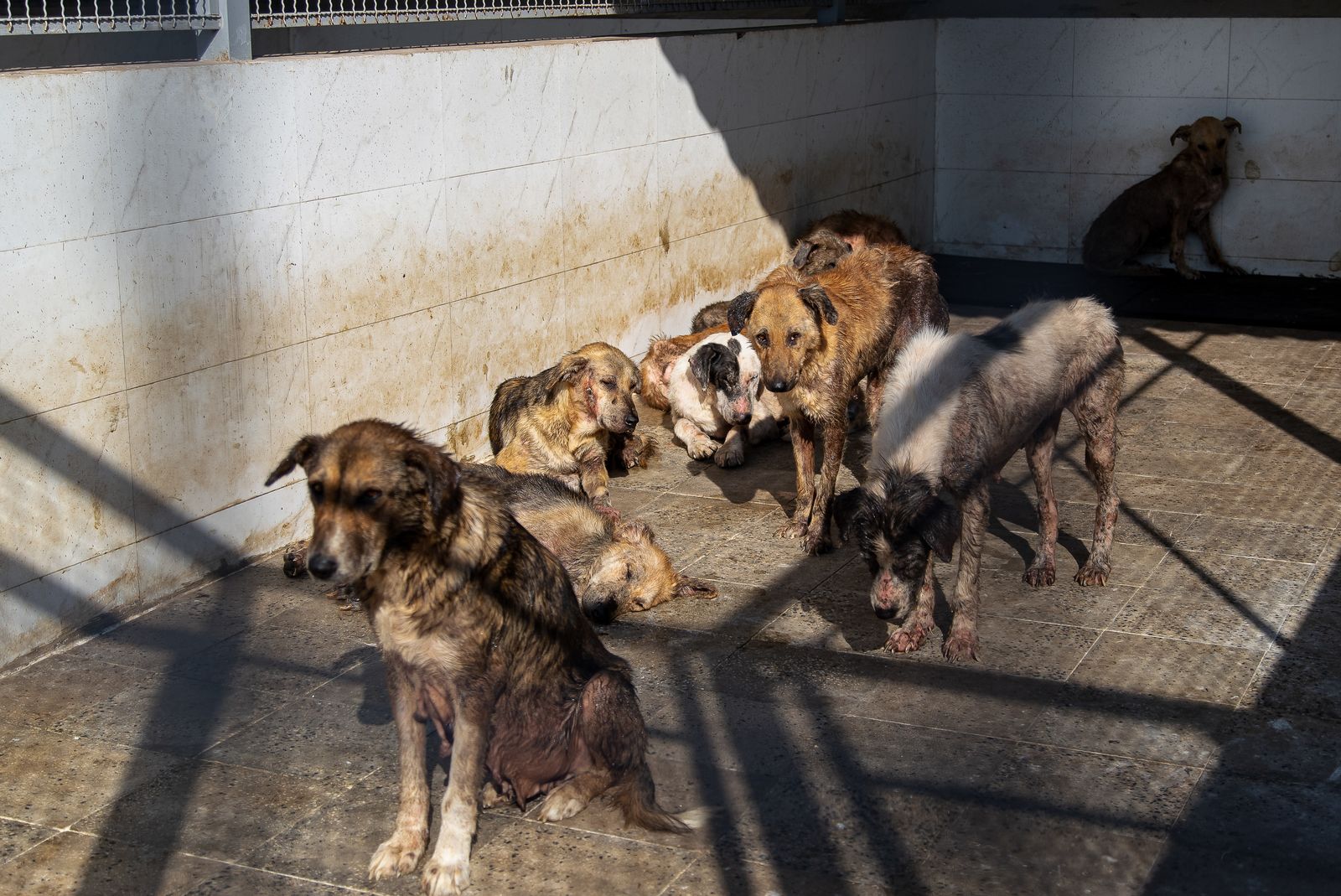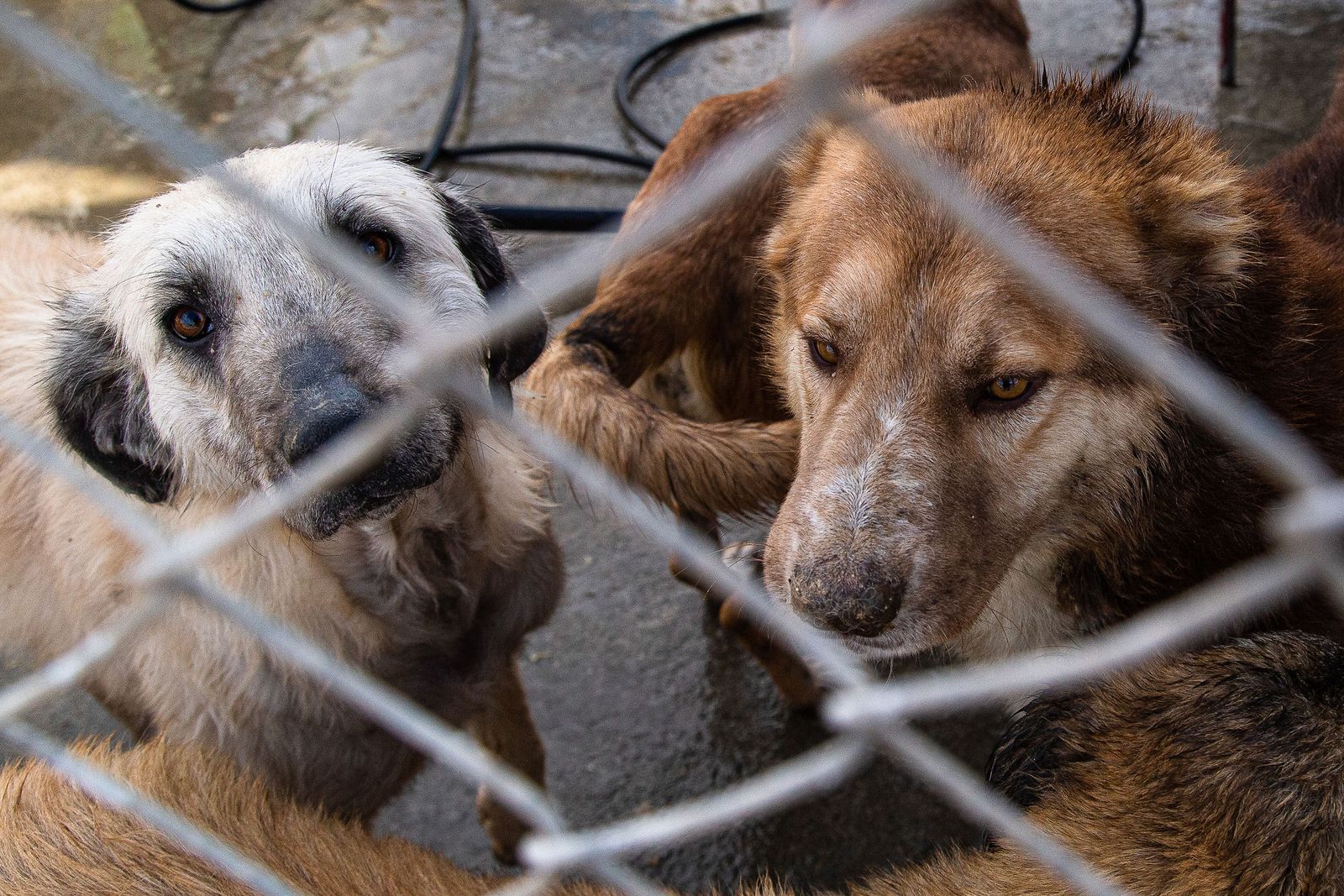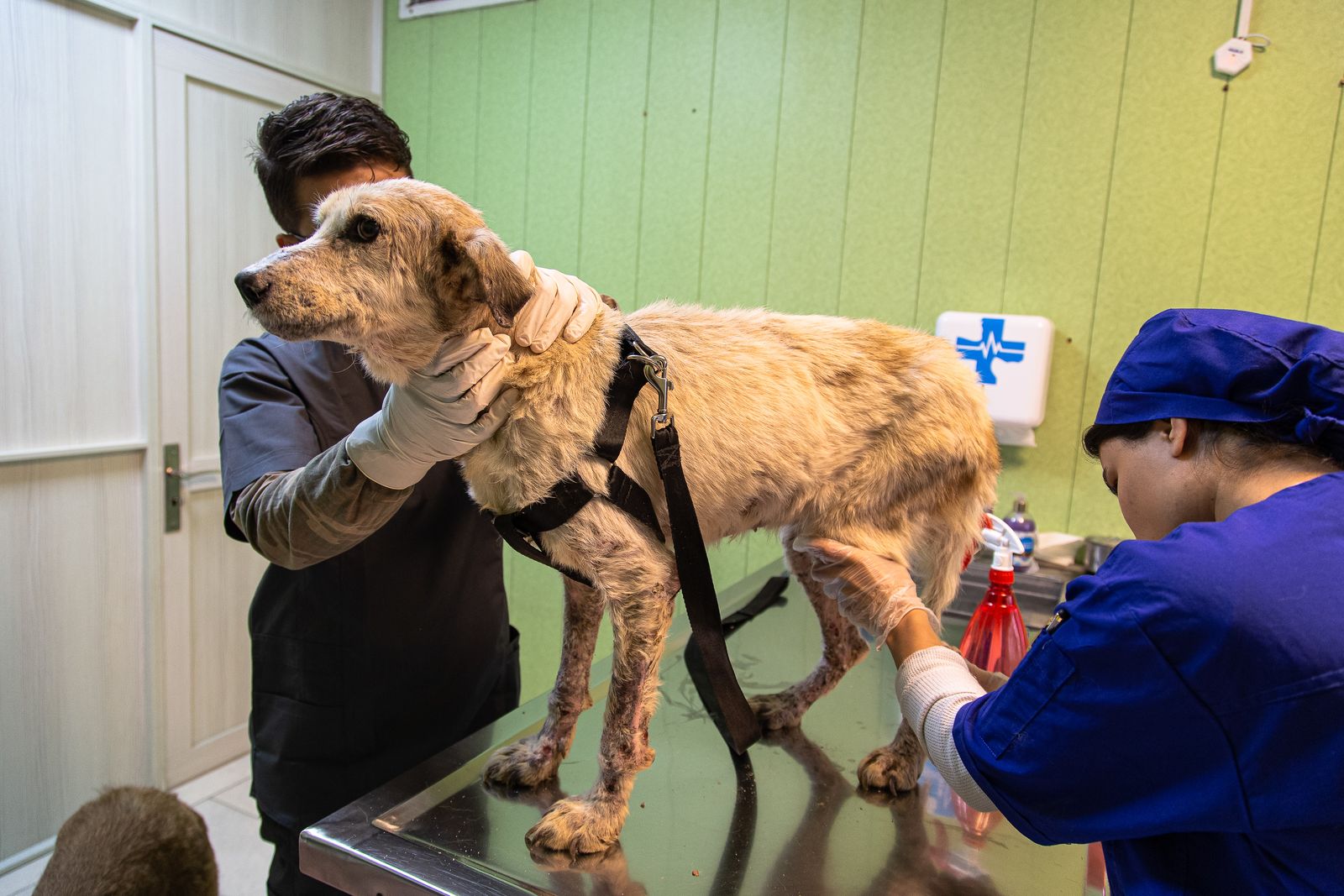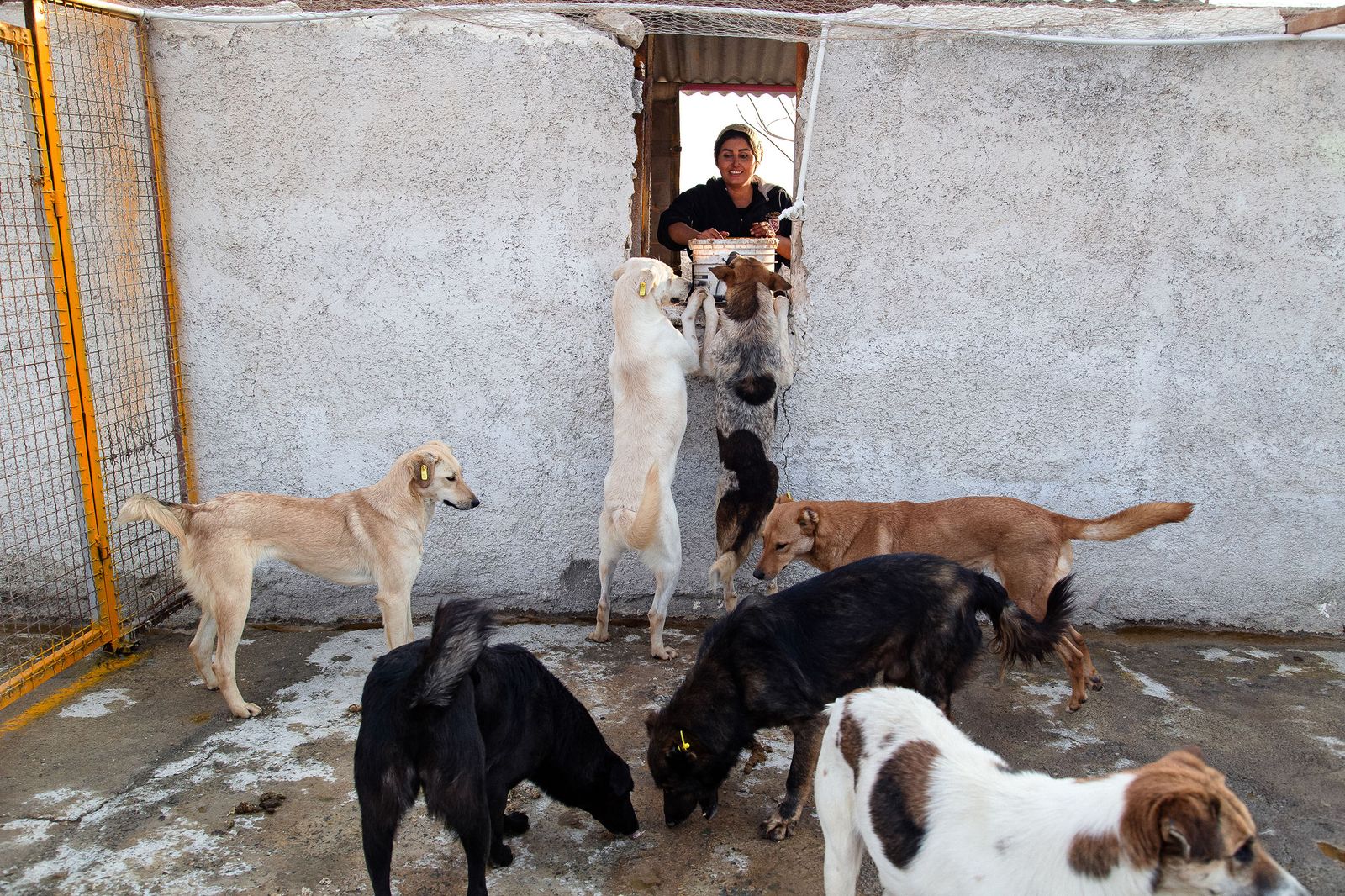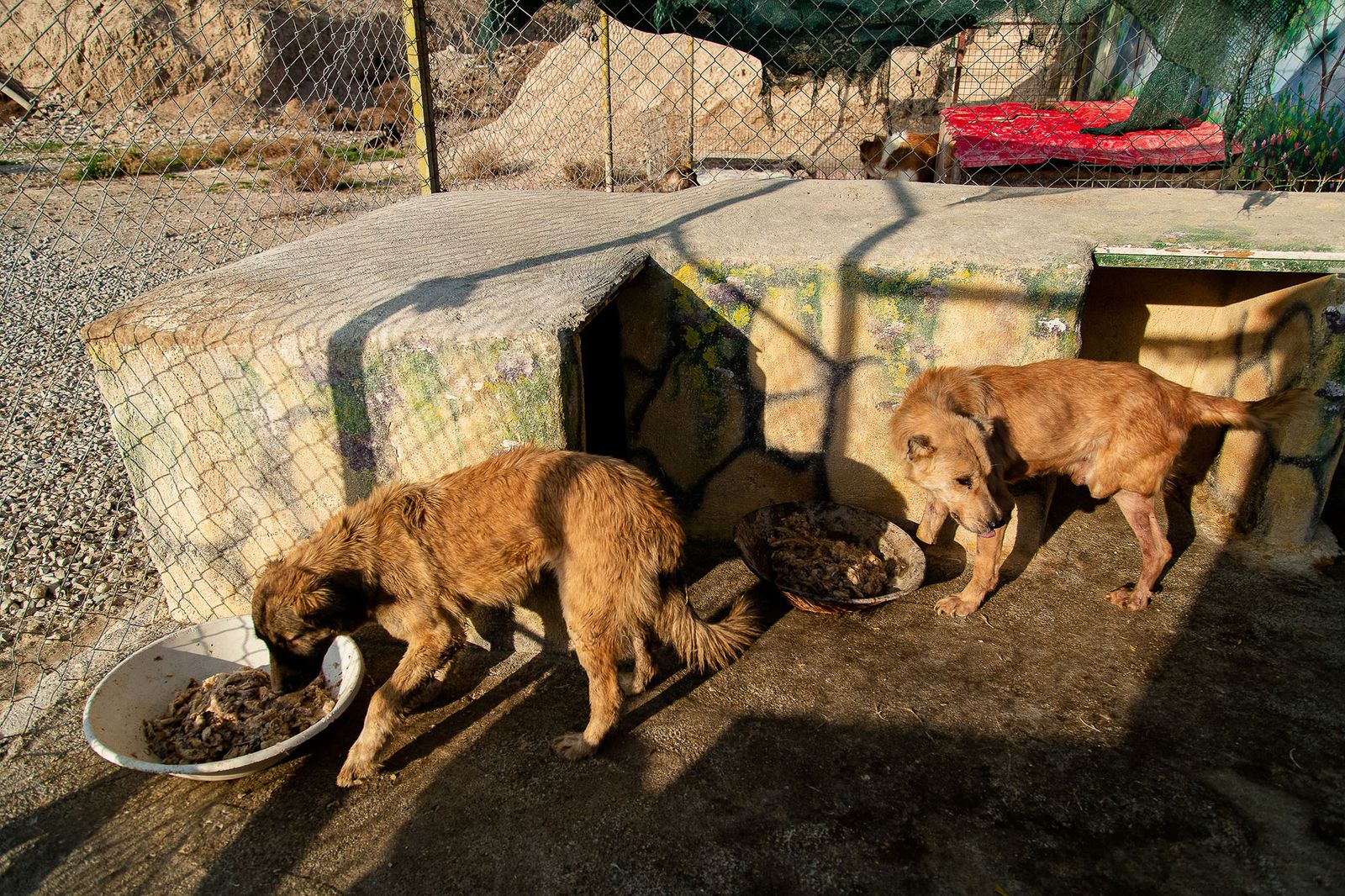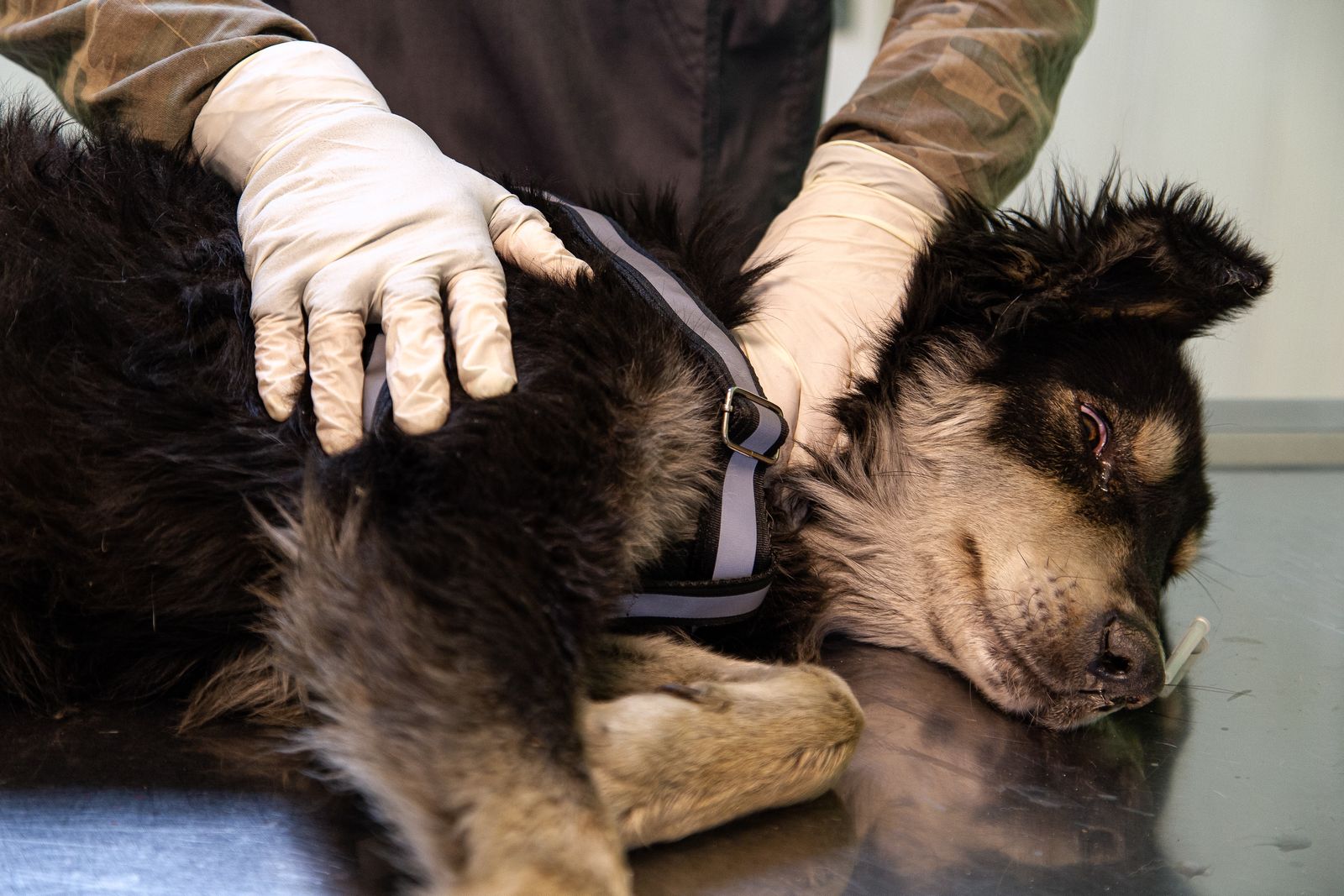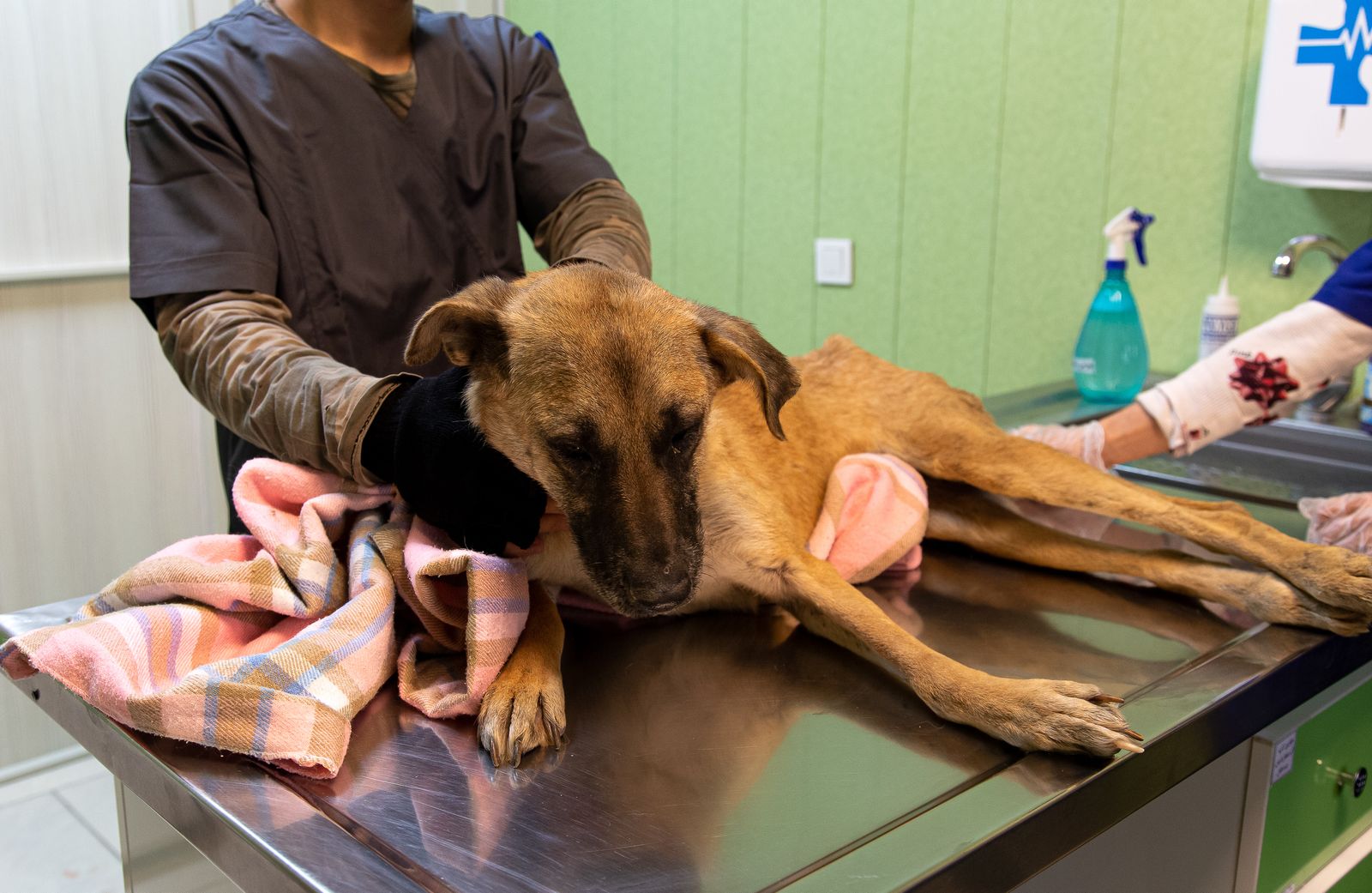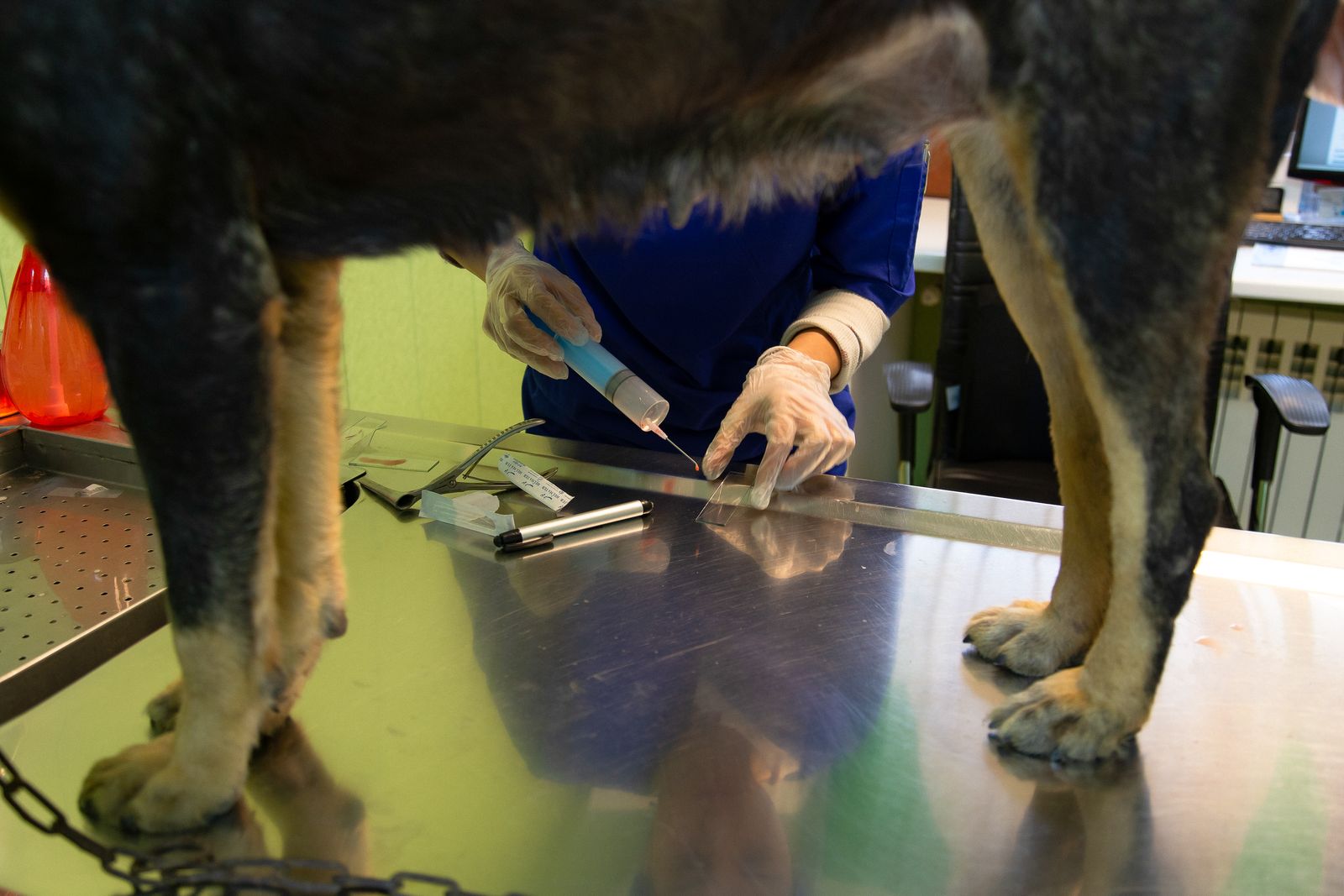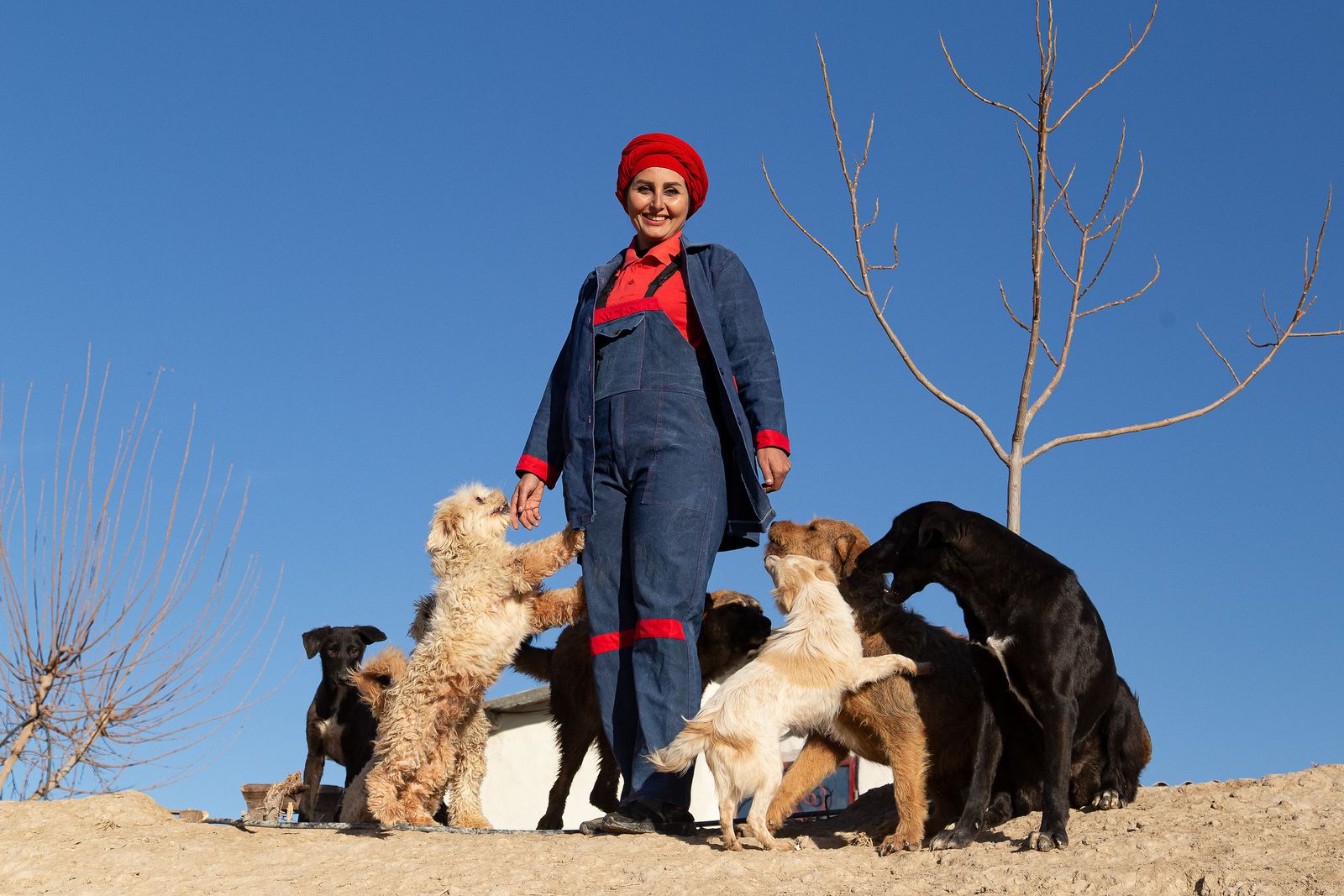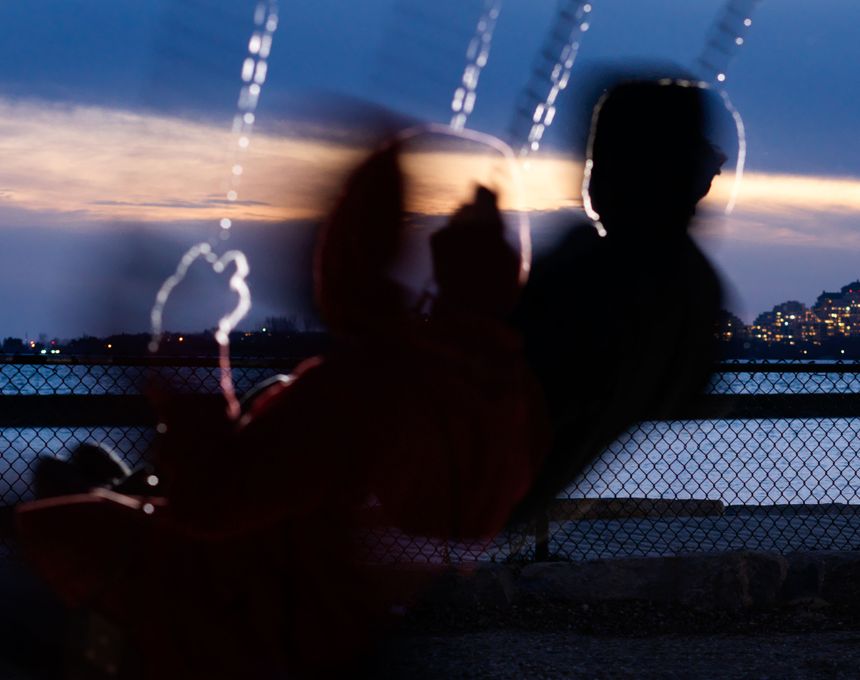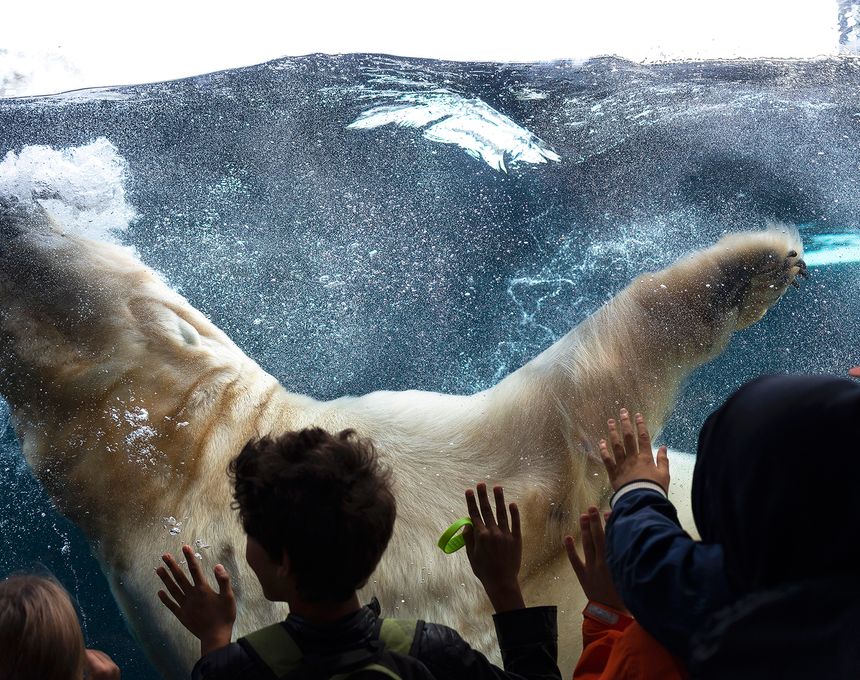The On the Edges
-
Dates2021 - 2022
-
Author
- Topics Social Issues, Documentary
M
The dog is the first animal to be domesticated by humans and to live with humans. In ancient Iran, dogs have always been with humans, for example, in Persian mythology, Ahuramazda created the first man, Kiomars, with a dog, a cow and a bird.
But modern urban life has changed that, and dogs have fallen victim to human greed for environmental ownership. In Iran, animal rights still do not have a legal status and guarantee at all, and despite the great efforts of animal rights advocates in recent years, the bill on animal protection and the plan to ban animal abuse have not been approved by the Islamic Consultative Assembly. For this reason, there have been hundreds of cases of animal abuse in Iran, such as burning, mutilation, burying mothers and puppies alive, rape and sexual abuse, tying and dragging animals on the road.
According to the World Wide Fund for Nature (WWF) in 2020, habitat destruction, poaching and air pollution have been the most important factors in the extinction of animal species! To these, of course, must be added the construction of roads from the main habitat of wildlife and animal road accidents that cause the extinction of endangered species of wildlife in Iran.
But for some time now, the Environmental Protection Agency and related institutions have been identifying dogs as the biggest threat to wildlife in order to downplay the above as well as increase hunting and poaching; That is, feeding them is considered to be the cause of their increase and damage to the environment and other species. This has been explicitly denied by the World Animal Welfare Organization(OIE) and the FAO, and the ban on dogs accessing food sources is unscientific, immoral and ineffective.
This approach claims that feeding increases the population of dogs. While ignoring the dangers of dog hunger, which include starving dogs attacking other animal species, approaching human habitat, fighting and attacking humans, and even dog-eating. In fact, the birth of dogs has nothing to do with their diet, but "responsible" feeding can manage the colony geography of dogs and keep them away from human habitat and wildlife interference.
In fact, dog damage to wildlife is often caused by two groups of dogs. The first group is herding dogs, which occurs due to the herd being too close to wildlife; This problem can be solved by educating and informing ranchers and shepherds about banning livestock grazing near protected areas.
The second group is dogs attacking wildlife at the direct command of their owners, who are generally poachers. The Environmental Protection Agency of Iran, by creating special enclosures and issuing hunting licenses for private companies, hunting tourism and foreign hunters in valuable wildlife areas, is causing the extinction of endangered species in those areas. But he irresponsibly considers dogs and feeding them to be the only cause of wildlife extinction.
Municipalities and government agencies can also, through direct oversight, raise awareness and, with the help of legal tools, familiarize owners of livestock, gardens, factories, large-scale suburban development projects, and workshops with various legal occupations to obtain destinations. They bring one or more dogs into the environment, reducing reproduction and performing operations (CNVR), ie survival, vaccination, sterilization and release in the previous colony over several years, provided the dog population is balanced.
Unfortunately, due to the lack of law for the management of urban animals and the principled and logical confrontation with the growing number of stray dogs, this has become a serious problem in urban environments and even in pristine natural areas; And controlling the population of these animals has faced serious mistakes and challenges.
Some city managers and environmentalists have issued inefficient instructions for the physical removal of dogs, resulting in either the transfer of dogs to torture-like kennels; Or organized dog killings (using firearms, injecting acid into the animal's heart, or hanging) have been committed by contractors contracting with municipalities.
These actions have provoked the anger and protest of the people, especially the supporters of animal rights. In the opinion of the public opinion, a part of the government management is not at all friendly with urban animals and considers them as extra and dangerous creatures or agents of disease transmission; They also consider animal protection and assistance to be the result of the dominance of Western culture in Iran and the destruction of the family and lack of children.
The consequence of these wrong and immoral behaviors and decisions, and the broadcasting of images of the brutal slaughter of dogs by municipalities, as well as the making of custom radio and television programs about the dangers of dogs (which is all unscientific and biased), creates a general animalistic and anti-dogmatic spirit. On the outskirts of large cities that used to be the habitat and habitat of these animals. Due to the uncontrolled expansion of the population and non-engineering constructions, the residents of these areas want to physically remove the dogs and even harass them. However, in these areas, most dogs are healthy and have plaque on their ears, which is a sign that they have been vaccinated and spayed.
In addition to all this mistreatment and harassment and violation of the rights of creatures that have been domesticated and tamed by human beings but are no longer able to live in nature and their original environment, animal rights advocates in Iran have dedicated their lives seriously and continuously for many years. They have helped urban animals. They see these animals as their vulnerable fellow citizens and build shelters outside the city to rescue and rescue injured dogs. These injured animals are often the victims of animal abuse or accidents, or become ill due to lack of access to safe water and food.
In these shelters, dogs are treated, vaccinated and spayed, and released if they are able to live in their former environment. But in case of disability or serious injury, the animal lives in that shelter for the rest of its life. In these shelters, supporters take care of them like their own children. They deeply believe that no creature, human or animal, should be tortured, persecuted, or starved to death.
